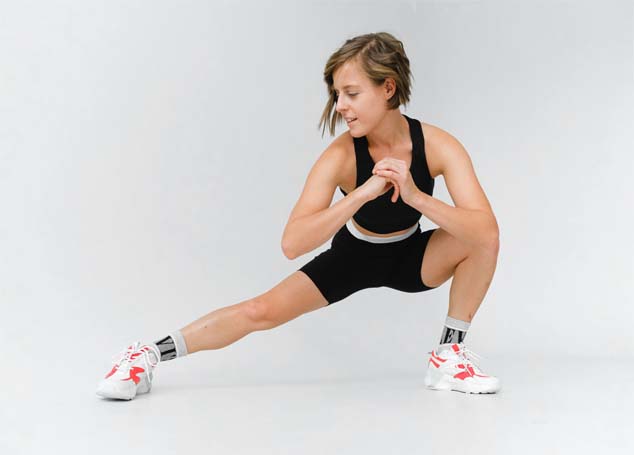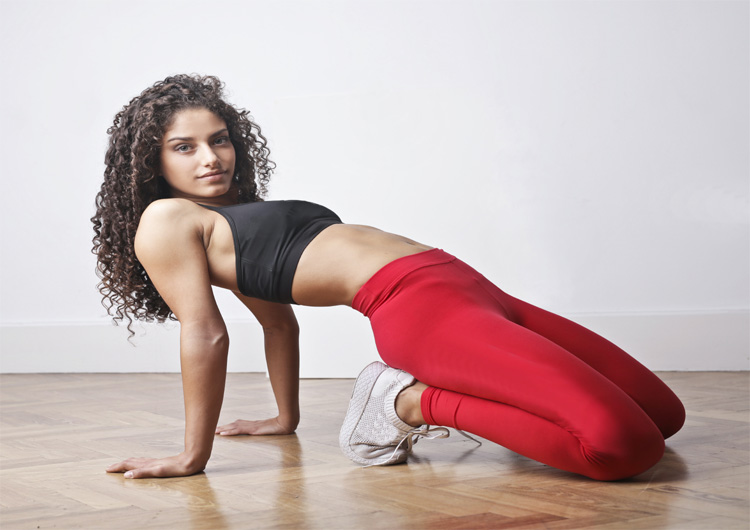Calisthenics is more than just a fitness trend—it’s a powerful, accessible way to build strength, flexibility, and endurance using only your bodyweight. From basic push-ups to gravity-defying muscle-ups, calisthenics offers something for everyone, no matter your age or fitness level.
What Is Calisthenics?
Calisthenics is a form of exercise that involves using your own bodyweight for resistance. Common movements include:
-
Push-ups
-
Pull-ups
-
Squats
-
Dips
-
Planks
-
Lunges
As you progress, you can move into more advanced moves like handstands, front levers, and human flags.
Why Choose Calisthenics?
-
No Equipment Needed: You can train anywhere—at home, in the park, or at the gym.
-
Scalable: Exercises can be modified for beginners or advanced athletes.
-
Functional Strength: It builds real-world strength and coordination.
-
Improved Mobility and Flexibility: Many movements require full-body control and range of motion.
Who Can Do Calisthenics?
Everyone. Calisthenics is incredibly inclusive:
-
Beginners can start with wall push-ups or assisted squats.
-
Seniors can benefit from improved balance and joint mobility.
-
Athletes can use it to enhance functional strength.
-
Kids and teens can develop coordination and strength safely.
How to Start Calisthenics: A Beginner’s Guide
1. Master the Basics
Start with fundamental exercises. These build the foundation for more advanced movements.
-
Push-ups (start on knees if needed)
-
Bodyweight squats
-
Planks
-
Negative pull-ups (jump up and slowly lower down)
-
Glute bridges
2. Focus on Form
Good form prevents injury and ensures you’re working the right muscles. Take your time and don’t rush reps.
3. Create a Simple Routine
Start with 3 days per week. Here’s an example:
Beginner Routine (3 Rounds):
-
10 Push-ups
-
15 Bodyweight Squats
-
20-second Plank
-
10 Lunges (each leg)
-
5 Negative Pull-ups or Rows
4. Progress Gradually
Once exercises feel easy, increase reps or try harder variations (e.g., incline push-ups ? standard push-ups ? diamond push-ups).
5. Warm-Up and Stretch
Always warm up before training and stretch afterward to stay mobile and reduce soreness.
Tips for Success
-
Be consistent—even 20 minutes a day can make a big difference.
-
Track your progress: reps, sets, and how you feel.
-
Stay hydrated and eat a balanced diet.
-
Join a community or online group for motivation.
Final Thoughts
Calisthenics proves that you don’t need a gym membership or fancy equipment to get in shape. With discipline, patience, and consistency, you’ll see progress not just in strength, but in confidence and control over your own body.





No Comments Found